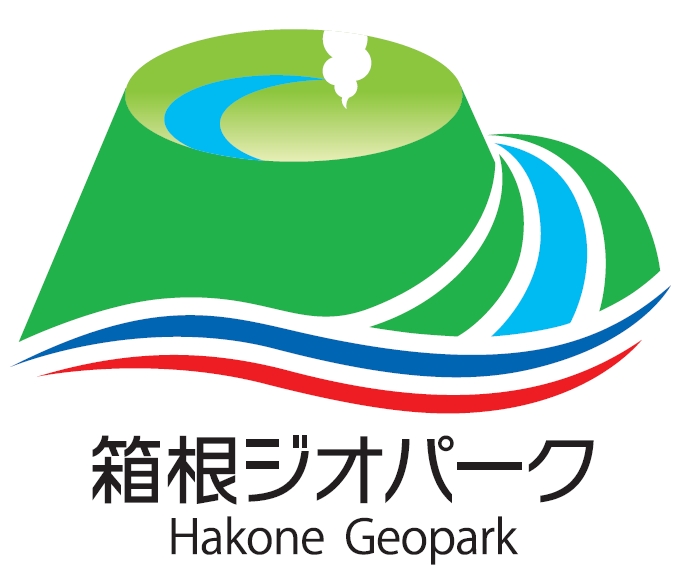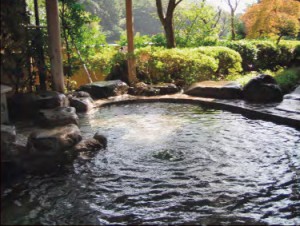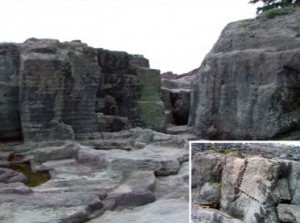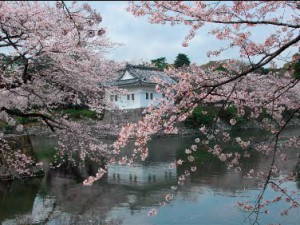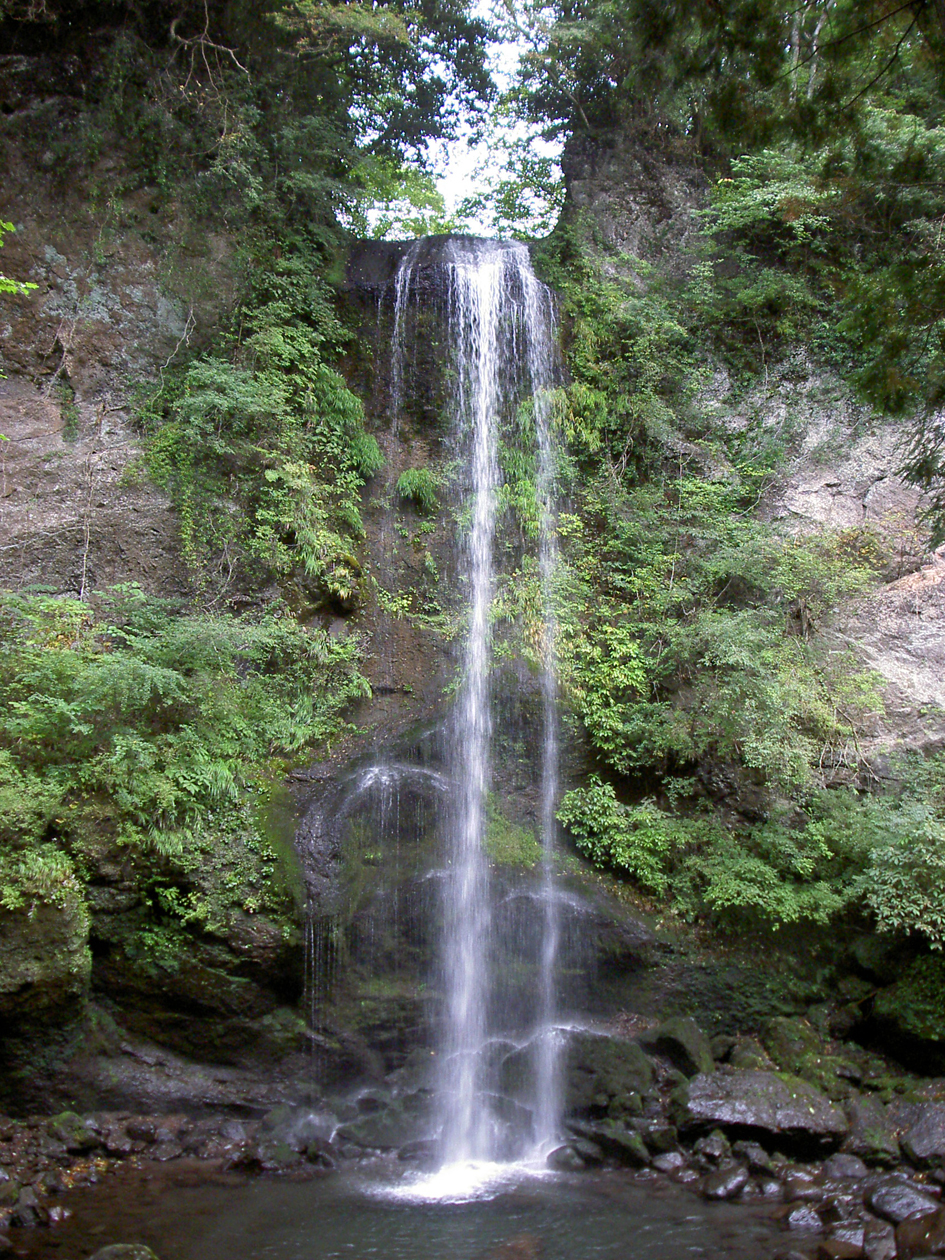
What is a Geopark?
Hakone Geopark is a natural park that offers opportunities to experience, learn, and enjoy geological activities. Visitors can discover the link that connects the local plants and animals as well as our own history and culture with the geographical characteristics created by Hakone Volcano.
Yugawara onsen (Yugawara hot springs) was sung from long ago in Manyoshu (the oldest Japanese anthology) and benefited from the Yugawara volcano which was part of the Hakone volcanic zone. Many distinguished writers and artists have visited here and was the stage of the February 26 incident at Kofuso. In this area you can feel the blessing of nature while experiencing it historic culture.Yugawara Area

35Mt. Makuyama
At the ume plum grove where 4,000 plum trees blossom against the backdrop of the lava wall of the Hakone volcano, a “Ume-no-utage (Plum Feast)” is held every year and the view of Sagaminada from the summit is breathtaking.
40Yugawara Onsen (Yugawara Hot Springs)
The hot springs has a long history and its efficacy has been highly regarded. In the Edo period, it was even ranked as Komusubi (4th highest) of the East in hot springs rankings.
Manazuru had thriving industries that took advantage of the blessings of “Geo (earth)” from ancient times, stone industry that utilized the lava, fishing industry that received the favorable effects of the abundant greenery, and lived closely with “Geo”. You can experience Geopark throughout ManazuruManazuru Area
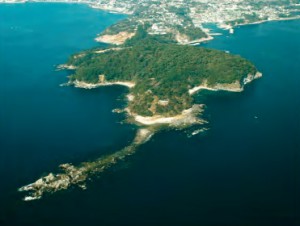
29Coastal Forest and Fish Breeding Waters
People in Manazuru say that because this forest exists, the fish tastes delicious. Please taste for yourself the blessings of “Geo”.
34Manazuru Peninsula Stone Quarry Sites
The majority of the shoreline of Manazuru was not created by sea erosion. In the past, stone was quarried from the Manazuru shoreline and you can see traces of the quarries in various areas of the shoreline (arrow holes).
The entrance to Hakone Geopark flourished as a castle town from the Sengoku (warring states) era. Odawara-jo Castle and Ishigakiyama ichiya-jo Castle that became the stage of history, used the lava from the activity of the Hakone volcano to make a stone wall and is an area where you can see usage of the geological resources and touch a part of Japan’s history of that era.Odawara Area
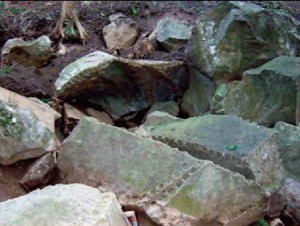
22Hayakawa-ishichouba-gun (Stone Quarry Sites)
During the fortification of Edo-jo Castle, this is the remains of where materials for stone walls where cut out from the stone quarry. The ruins of where the rock cutting work took place remain and can tell you what it was like at that time.
23Odawara-jo Castle and Odawara Irrigation Channels
The castle of Hojo that even Uesugi Kenshin and Takeda Shingen could not defeat. An empty moat and earth walls remain and currently water from the Odawara Irrigation channels from the Sengoku era flows in the moat.
The Ashigara Road, Daiyuzan Saijoji Temple, the legend of Kintaro and the dynamic movement of the earth such as the collision of plates, allows you feel the history from the past. This is an area where you can explore the relationship of our predecessors with nature such as the development of industries from the abundant spring waters of the Hakone Volcano and the flood control works of the Sakawagawa River.Minamiashigara Area
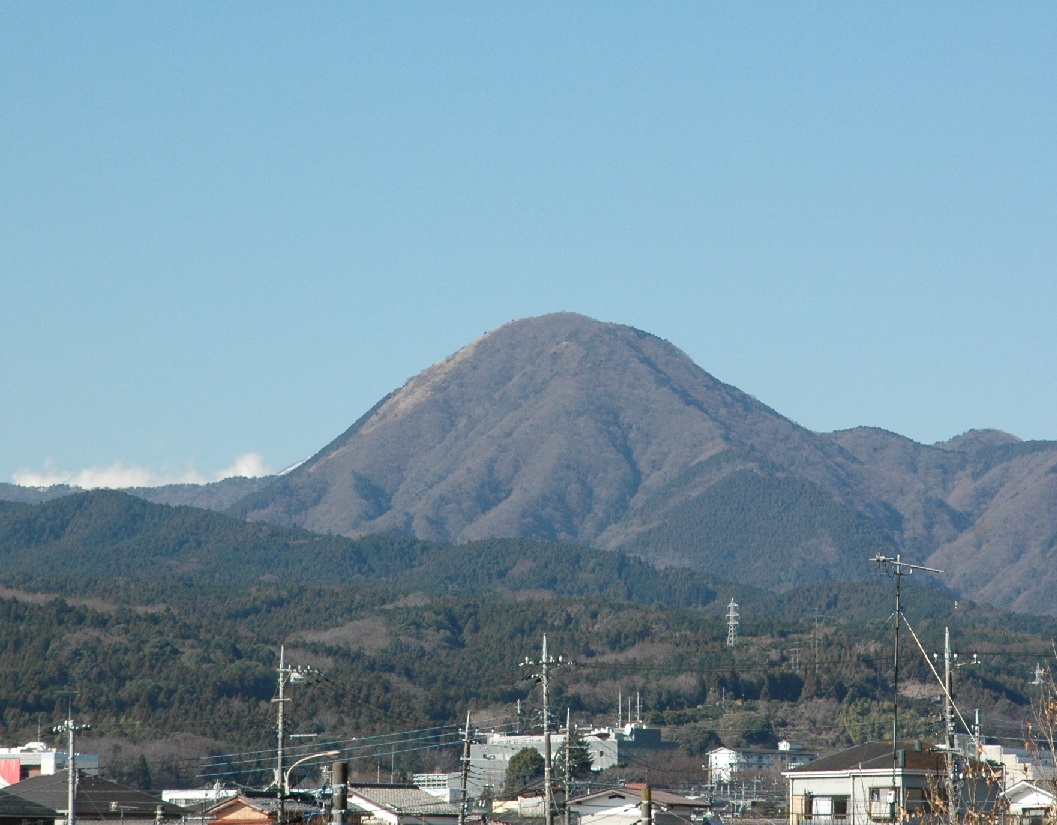
Mi 2 Mt. Yaguradake
About 1.15 million years ago, magma far beneath the earth cooled and solidified and was projected to an elevation of 870 meters above sea level by the force of plates and is a very new plutonic rock mountain in the world.
Mi 3 Yuhi-no-taki Falls
The area around the falls is said to be the birthplace of Kintaro and it is said that Kintaro took his first baby bath in these falls. It is a powerful waterfall created by the force of the fault and erosion by the river.
Hakone Area Geosite
Located in the caldera of the Hakone volcano that was formed by volcanic activity about 400 thousands years ago, this landscape is extremely complex. Composed of lakes, rivers, grasslands forming natural beauty, it has a wealth of onsen (hot springs) formed by volcanic activity and the dynamic activities of the earth can be felt in this area.
Hakone Yumoto Walking Trails (Required time 2-3 hours)
On this course, you can learn about the history and the hot springs in this area while exploring the background of the mysteries of the earth around Yumoto.
1Owakudani (Fumarole Field)
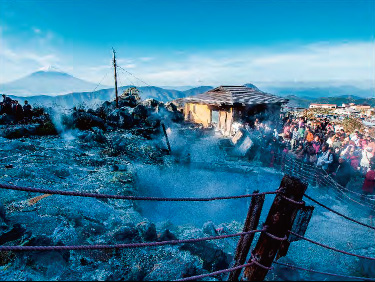 Owakudani is a fumarolic area created by the collapse of the volcanic edifice of Mt. Kamiyama about 3,000 years ago. Plants unique to a sulfuric gas desert can be seen in the area surrounding Owakudani.
Owakudani is a fumarolic area created by the collapse of the volcanic edifice of Mt. Kamiyama about 3,000 years ago. Plants unique to a sulfuric gas desert can be seen in the area surrounding Owakudani.
5Sengokuhara Marsh
 Sengokuhara Marsh is a place where a lake called Sengokuharako Lake once was. Viewing wetland plants such as the Nohanashoubu (Iris ensata var. spontanea) at the Hakone Botanical Garden is recommended.
Sengokuhara Marsh is a place where a lake called Sengokuharako Lake once was. Viewing wetland plants such as the Nohanashoubu (Iris ensata var. spontanea) at the Hakone Botanical Garden is recommended.
6Hakone Sekisho (Checkpoint)and Stone-paved Road
The Hakone Sekisho (Hakone Checkpoint) was setup along the Tokaido HighwayStones from Hakone were used for the stone-paved road. The checkpoint and the stone-paved road convey what it was like during the Edo period.
7Lake Ashinoko
The current form of Lake Ashinoko was created by the collapse of the volcanic edifice of Mt. Kamiyama about 3,000 years ago. There is a legend about 9 dragons in the lake.
9Mt.Kintokiyama
 Mt. Kintokiyama is a stratovolcano that was active about 350 to 270 thousand years ago. At Mt. Kintokiyama, the connection of “Yadoriishi” and “Temariishii” to Kintaro (Japanese fairy tale) is something to see.
Mt. Kintokiyama is a stratovolcano that was active about 350 to 270 thousand years ago. At Mt. Kintokiyama, the connection of “Yadoriishi” and “Temariishii” to Kintaro (Japanese fairy tale) is something to see.
14Hakone-jinja Shrine
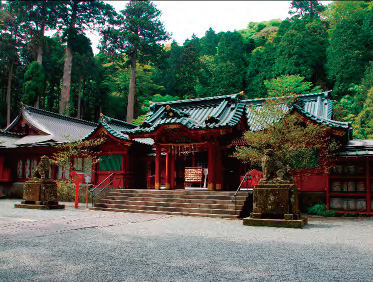 Hakone-jinja Shrine was founded by Manganshonin when Mt. Hakoneyama was a place for mountain asceticism during the Nara Period. Faithful samurai, such as Minamoto no Yoritomo, also gathered at this shrine.
Hakone-jinja Shrine was founded by Manganshonin when Mt. Hakoneyama was a place for mountain asceticism during the Nara Period. Faithful samurai, such as Minamoto no Yoritomo, also gathered at this shrine.
15Hiryu-no-taki Falls
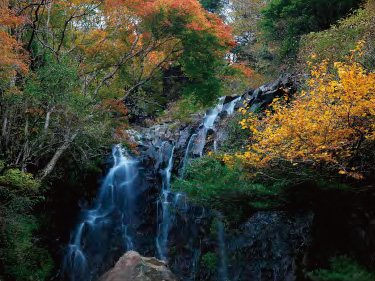 Hiryu-no-taki Falls was made by lava from an eruption about 120 thousand years ago. During the Kamakura period, the followers of the Hakone-gongen faith cleansed themselves in the Hiryu-no-taki Falls.
Hiryu-no-taki Falls was made by lava from an eruption about 120 thousand years ago. During the Kamakura period, the followers of the Hakone-gongen faith cleansed themselves in the Hiryu-no-taki Falls.
17Jakotsu-keikoku-Valley
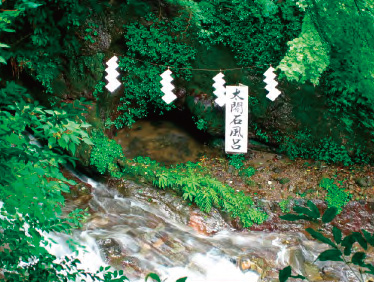 In 1590, Toyotomi Hideyoshi attacked Odawara Hojo. The “Taiko no Iwaburo (Stone bathtub) that is said to have healed his warriors during this time, is in the Jakotsu-keikoku Valley.
In 1590, Toyotomi Hideyoshi attacked Odawara Hojo. The “Taiko no Iwaburo (Stone bathtub) that is said to have healed his warriors during this time, is in the Jakotsu-keikoku Valley.
